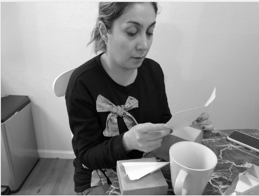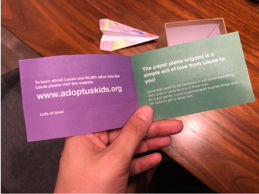Dive into the heart of child adoption awareness with our compelling case study, where passion meets purpose. Driven by a genuine interest in the subject, our journey unfolds from meticulous research to innovative ideation. The results are not just broad strokes but a detailed exploration of diverse needs in this critical domain. Unveiling the findings, our research pinpointed a top-tier necessity: raising awareness about child adoption. The case study takes you through the journey of ideation, showcasing iterative testing and the evolution of a final idea. Join us as we navigate the landscape of awareness, turning insights into impactful solutions.
DESIGN
Research - Ideation - Prototype - User Testing









